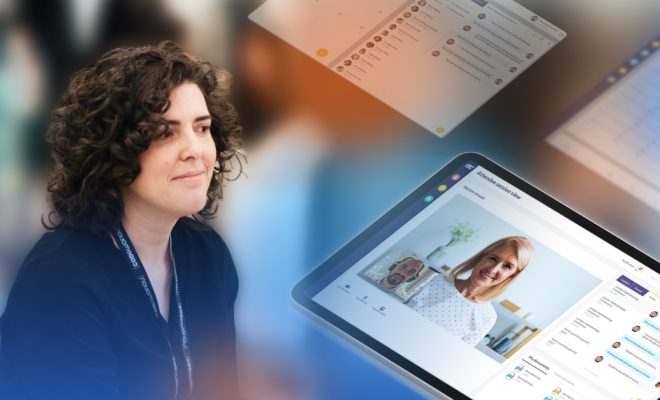Actionable Advice for Educators to Move to Online Learning

In March of 2020, many educators who never anticipated teaching online or taking part in distance learning, found themselves uploading lessons to the Internet, handing out volumes of worksheets, and generally scrambling to discover ways to deliver learning activities to students who were equally unprepared for online learning.
A pandemic is not the only reason to move toward online learning, especially at the high school and college levels. Onsite classrooms might be crowded. Administrators might be struggling to deliver the same number of classes with a smaller budget. More importantly, online learning can deliver the same information consistently to a greater number of students.
Online learning is a huge boon for students who are working and going to school. The hours, especially if the class is taught asynchronously, are more flexible. With so many reasons to move toward online learning, there is an exceptionally good chance that if you are a teacher, you could easily find yourself teaching an online class. The question becomes, what can you do to prepare yourself?
- Take an online class. This might be from your local university or it might be through a large service such as Coursera. It need not be in your field; just a class in something of interest to you. Notice how the instructor has set up the class. If you have time, take more than one online class from different platforms.
- Simplify your usual course material without leaving out essential information.
- Make a clear, easy to follow outline of the material in question.
- Associate the main outline points with dates when a quiz, paper, or activity might be due.
- Enter feedback on assignments ASAP. If schedule or volume precludes 24-hour turnaround, schedule a posting time/date.
- Plan ways to keep your grading easy. Students like fast turnaround on grades, and they are used to the immediate feedback available through the Internet. If the assignments are complex and time consuming for you, your response time is slowed.
- For advanced learning, discover ways for your students to comment on each other’s work. Set up rules, and reminders to be polite and supportive while critiquing.
- Look for interesting, exciting enrichment materials, such as videos, games, articles and more.
- Familiarize yourself with the platform you will be using. Two commonly used platforms are Moodle and Blackboard, but there are many others, such as Pedagogue.app. The more you know about how your platform works, the easier it will be to help students navigate it.
- Do not be afraid to ask tech support or even your students for help. Not everyone is a digital native (cutting teeth on mom or dad’s cell phone, and being amused by online games while still learning to talk), but you can learn to be a traveler in the world of the Internet all the same.
In fact, you should not be afraid to learn all you can about manipulating your teaching platform. Most modern programs are built to be novice-proof, so you are unlikely to make any irreversible errors.






